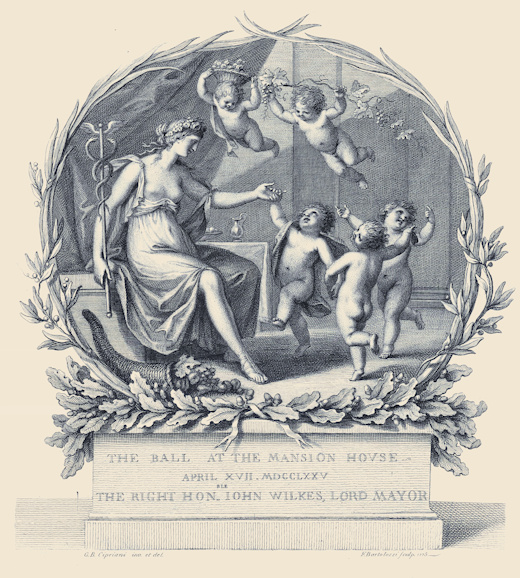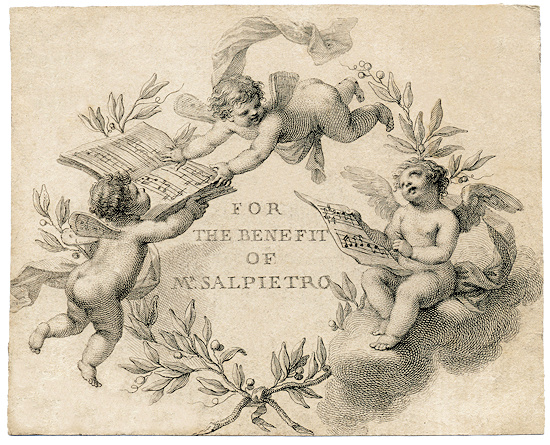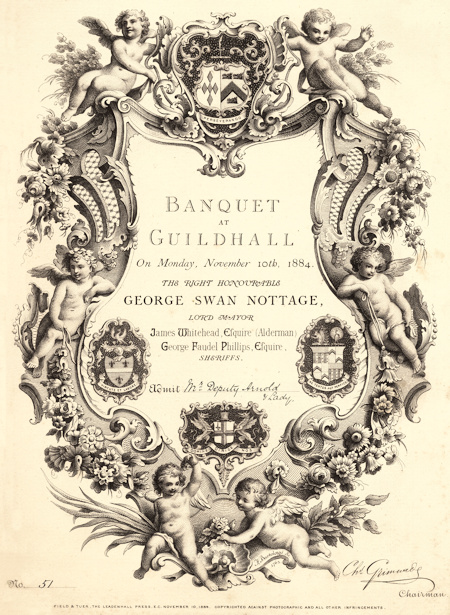 |
|
| News About Us Membership Events Links |
|
FRANCESCO BARTOLOZZI, R.A.Francesco Bartolozzi (1727-1815) was an eminent Italian engraver whose artistic contributions significantly influenced the 18th-century art scene. Born in Florence, he initially trained under the painter and engraver Giovanni Domenico Ferretti and later under the master engraver Joseph Wagner in Venice. Bartolozzi's early works reflected the Italian school's rich tradition, focusing on reproducing the works of prominent artists with remarkable fidelity and finesse. His skill in engraving was not merely technical; it involved a deep understanding of the original artworks' spirit, which he meticulously translated into prints. In 1764, Bartolozzi moved to London at the invitation of Richard Dalton, the Royal Librarian to King George III. This relocation marked a pivotal point in his career, as he became a founding member of the Royal Academy of Arts in 1768 and was appointed as the Royal Engraver. Bartolozzi was renowned for his stipple engraving technique, which involved creating delicate and intricate patterns using dots, enabling him to produce highly detailed and textured images. This method was particularly effective for capturing the nuances of facial expressions and the subtleties of light and shadow, contributing to the popularity of his prints.
Bartolozzi's substantial body of work includes a wide array of subjects, ranging from classical and religious themes to contemporary portraits and genre scenes. Of particular interest to collectors of ephemera are undoubtedly his Benefit tickets to concerts and balls. These elegant tickets, often designed by his close friend Giovanni Battista Cipriani, hold a special allure. They were primarily issued for charitable events and entertainments, many of these exquisite tickets were created gratuitously, adding to their appeal. Despite his success and influence, Bartolozzi faced financial difficulties later in life, prompting him to move to Portugal in 1802, where he continued to work until his death in 1815 aged 87 years old. His legacy, however, remains substantial; his prints are still highly valued for their craftsmanship and beauty. His works not only reflect the artistic trends of the 18th century but also contribute significantly to the period's visual culture. Like so many artists who slip into obscurity Francesco Bartolozzi remains a footnote in the history of art and culture.
Andrew White Tuer was a notable 19th-century British printer and publisher, renowned for his contributions to book production and his work with Leadenhall Press. One of Tuer's significant works was his extensive study on Francesco Bartolozzi. Tuer's publication, titled Bartolozzi and His Works, offers a detailed biographical and descriptive account of Bartolozzi's life and career, showcasing the engraver's impact and legacy in the art world.
|
|
|
Home | News | About Us | Membership | Events | Links | Contact | Item of the month | Articles |
| Copyright © The Ephemera Society 2025. All Rights Reserved. |


